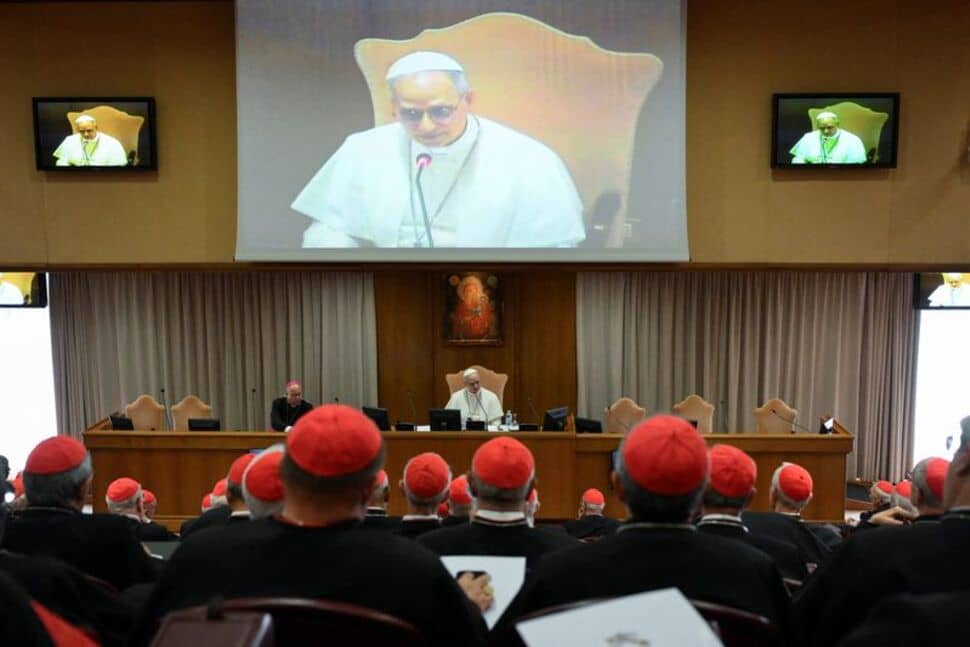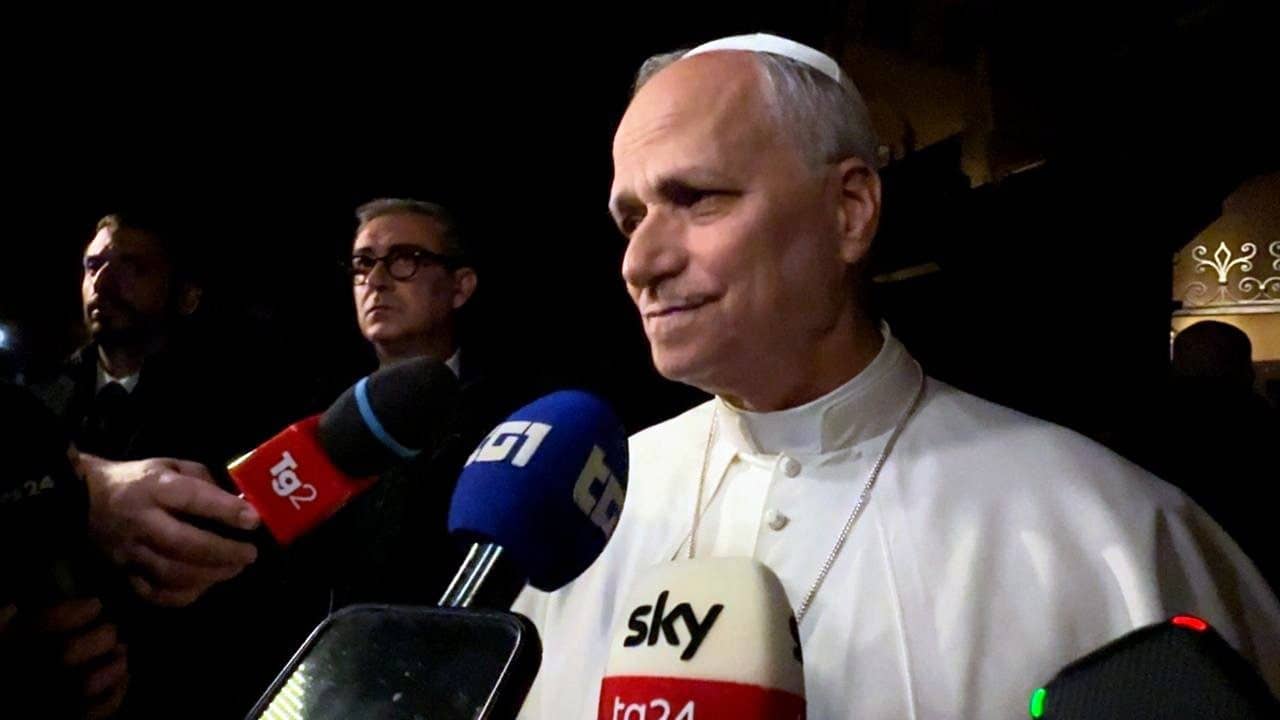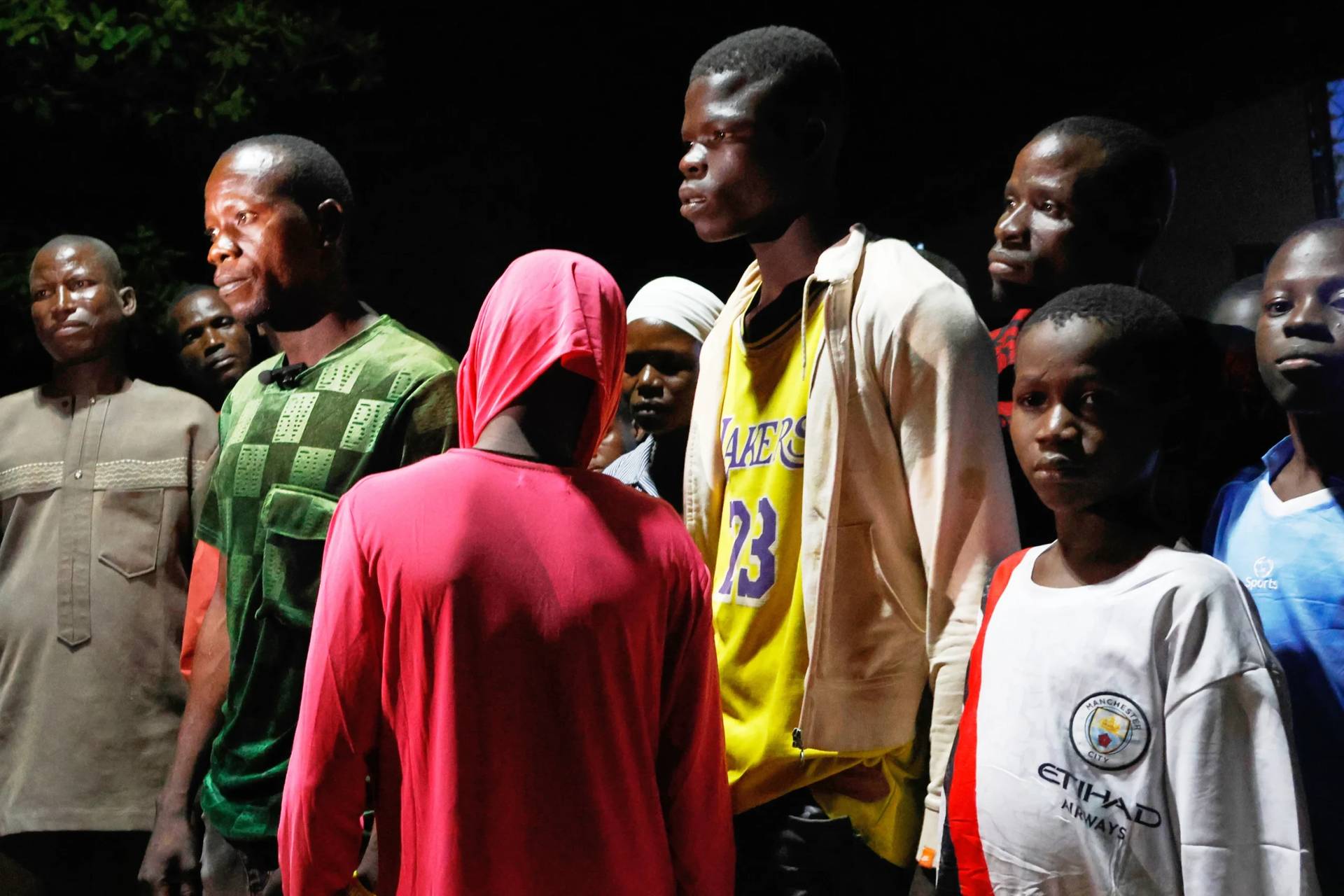ROME – Pope Francis’ highly anticipated document on the family will be unveiled on Friday. Called “Amoris Laetitia, on love in the family”, it’s expected to touch on several hot-button issues, including Communion for divorced and civilly remarried Catholics.
The text, said to be close to 250-pages long and divided in more than 300 points, will be presented by Cardinals Lorenzo Baldisseri, Secretary General of the Synod of Bishops, and Christoph Schönborn, Archbishop of Vienna, Austria, at a press conference in Rome.
Set to begin at 11:30 Rome time, the news conference be broadcast live through the Vatican’s Television Center.
Secrecy surrounding the document is greater than usual, with no copies leaked in the media as of 24 hours before its unveiling. Vatican sources say the final version of the document hasn’t yet left the pope’s inner circle.
Some bishops have expressed their frustrations via Twitter over the fact they haven’t yet seen the text, including Archbishop Mark Coledrige, of Brisbane, Australia.
I’ve agreed to do #AmorisLaetitia media stuff but no text by Wed evening. Hard to talk about a text you haven’t had time to read & digest.
— Arch Mark Coleridge (@ArchbishopMark) April 6, 2016
Ironically, the fact that there’s been no extracts in the media makes Amoris Laetitia a rarity, considering that last June Francis’ encyclical on the environment Laudato Si’ was posted online by Italian magazine l’Espresso almost three days ahead of time.
Before its release, it’s worth remembering how Amoris Laetitia, Latin for The Joy of Love, came to be.
Three fast facts:
- The document, formally called an “apostolic exhortation”, comes following two Synods of Bishops, one called an “extraordinary” synod and the other “ordinary,” held in the Vatican in October 2014 and October 2015.
- This will be Francis’ second apostolic exhortation, after Evangelii Gaudium in November 2013, a document widely seen as the magna carta for Francis’ papacy.
- This will be the second papal exhortation on the theme of the family, following Familiaris Consortio by St. John Paul II in 1981. It, too, followed a synod of bishops on the family.
The process that culminates with Amoris Laetitia began in August 2013, when Pope Francis called for an Extraordinary Assembly of the Synod of Bishops on the theme “The Pastoral Challenges of the Family in the Context of Evangelization.”
This was the third meeting of its kind since the synod was set up by Pope Paul VI in 1965, as the Second Vatican Council was drawing to a close. These assemblies, as opposed to the “ordinary” ones, are called when the preparation time is shorter.
Regardless of the form and size of the assembly, Paul VI created the synod to hear from the bishops of the world … as he put it, to feel “the consolation of their presence, the help of their wisdom and experience, the support of their counsel, and the voice of their authority.”
Although both Pope John Paul II and Benedict XVI wrote and spoke at great length about family life, the last time the global Church explored what Francis has often referred to as “the crisis” in the family was 1980, when a similar summit of bishops led the Polish pontiff to write Familiaris Consortio.
The 2014 assembly took place in Rome, gathering 250 bishops for two weeks in October. Also participating, but with no voting power, were a dozen married couples, representatives of Orthodox Churches, and a handful of nuns.
The cornerstone of that meeting was a report prepared by the synod’s secretariat, which was based on the global responses to a questionnaire Francis sent to local bishop conferences, for them to deliver to the grassroots.
The document addressed “many new situations requiring the Church’s attention and pastoral care,” including couples living together before marriage [“cohabitation” in Catholic parlance], divorced and remarried Catholics, pastoral care of same-sex couples, openness to life, and several other issues.
At the time, it was described as the first-ever attempt from the Vatican to have a response from ordinary Catholics on the reality of families around the world.
By the time October rolled around, the 253 bishops participating in the summit had in their hands a working document, technically called “instrumentum laboris,” which summarized the answers to the questionnaire, treating issues ranging from the family in the Bible to teen mothers, as well as domestic violence, war, sexual orientation, and polygamy.
Also setting the grounds of the discussions was an address delivered by Cardinal Walter Kasper, at Pope Francis’ request, on February of that same year to the cardinals from around the world, gathered in Rome for what is known as a “consistory.”
It was from these remarks that the famous “Kasper proposal,” which would allow some divorced and civilly remarried Catholics to receive Communion after a penitential path under the guidance of a priest or a bishop, was formally launched.
Both that synod and the one that followed were tumultuous. At the end of the first week in 2014, the Vatican released a mid-term document and later the reports of the synod’s small working groups, and resulting controversy turned the synod into a soap-opera.
While the midterm report from a synod has no teaching authority, that 2014 document nevertheless suggested a mammoth change in tone in terms of how Catholicism relates to whole categories of people often estranged from the church, including gays and lesbians.
That language was watered down in the final report, but it’s still a source of either hope or fear, depending on who’s looking at it, regarding what Amoris Laetitia might say.
The pope closed that synod with a speech that virtually everyone agreed was among the best of his papacy.
It offered the vision statement of a moderate pontiff, urging the Church to shun both a “hostile rigidity” and a “false mercy.” He drew thunderous applause, including from prelates who shortly before, at least metaphorically, had been at one another’s throats.
Fast-forward to October 2015, after a similar questionnaire was sent to the bishops, another working document drafted and now with several more prelates, plus observers, in the Vatican’s synod hall.
By then, discussion had become so centered on one topic, Communion for divorced and remarried Catholics, that Pope Francis felt the need to address the assembly to say that this was not the only issue being discussed.
He took the floor on Tuesday, the second day of the summit, to make two points: Catholic doctrine on marriage – a union between a man and a woman, indissoluble, and open to life – was not being called into question, and that the bishops should not “reduce their horizons” as if the entire synod boiled down to a yes or no on this question.
The process repeated itself, with interim reports, small groups, an inconclusive closing report, and discussions in full public view, with participants giving interviews, taking the web to get their message out, pointing fingers at each other, and staging press conferences.
Many issues were agreed upon by virtually everyone, such as the Church’s need to invest more in marriage preparation as well as the importance of supporting new couples in the critical early years of a marriage, after their wedding but before they start having children.
A handful of other matters, however, remain intensely divisive, especially the Communion debate over the divorced and remarried. Whatever Francis says in Amoris Laetitia on those issues is sure to generate fresh controversy.














